Increasing Regulatory Pressure
The ozone generation market is experiencing heightened regulatory scrutiny as environmental agencies impose stricter air and water quality standards. This regulatory pressure is primarily driven by the need to reduce pollutants and improve public health outcomes. For instance, the Environmental Protection Agency (EPA) has established guidelines that encourage the use of ozone for disinfection and purification processes. As a result, industries are increasingly adopting ozone generation technologies to comply with these regulations, thereby expanding the market. The ozone generation market was projected to grow at a CAGR of approximately 8% over the next five years, indicating a robust response to regulatory demands.
Expansion of Industrial Applications
The ozone generation market is witnessing a significant expansion in its industrial applications, particularly in sectors such as wastewater treatment, food processing, and pharmaceuticals. Industries are increasingly recognizing the efficacy of ozone in enhancing product quality and ensuring compliance with safety standards. For example, ozone is utilized in the treatment of industrial effluents, which not only helps in meeting regulatory requirements but also improves operational efficiency. The market is expected to reach a valuation of over $1 billion by 2027, driven by the growing adoption of ozone technologies across various industrial sectors.
Growing Awareness of Health Benefits
There is a notable increase in public awareness regarding the health benefits associated with ozone generation technologies. As consumers become more informed about the harmful effects of traditional disinfectants, they are gravitating towards ozone as a safer alternative. The ozone generation market is thus benefiting from this shift in consumer preference, particularly in sectors such as food processing and healthcare. Studies suggest that ozone can effectively eliminate pathogens without leaving harmful residues, making it an attractive option for health-conscious consumers. This trend is likely to drive market growth, as businesses seek to align their practices with consumer expectations.
Rising Demand for Sustainable Practices
The ozone generation market is benefiting from a broader trend towards sustainability and environmentally friendly practices. As organizations strive to reduce their carbon footprint and adopt greener technologies, ozone generation emerges as a viable solution. Ozone is recognized for its ability to disinfect and purify without the use of harmful chemicals, aligning with the sustainability goals of many industries. This shift is particularly evident in sectors such as agriculture and food processing, where ozone is used to enhance product safety and quality. The market is likely to see continued growth as more companies integrate ozone generation into their sustainability initiatives.
Technological Advancements in Ozone Generation
Technological advancements are playing a crucial role in shaping the ozone generation market. Innovations in ozone generation systems, such as improved efficiency and reduced energy consumption, are making these technologies more accessible and cost-effective for various applications. Enhanced ozone generation methods, including corona discharge and ultraviolet light, are being developed to optimize performance. These advancements are likely to attract new investments and drive market growth, as businesses seek to leverage cutting-edge technologies for their disinfection and purification needs. The ozone generation market is poised for substantial growth as these technologies become more widely adopted.


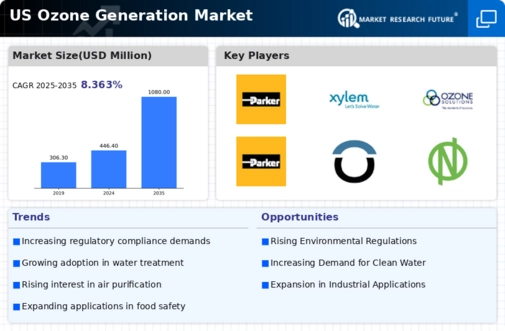


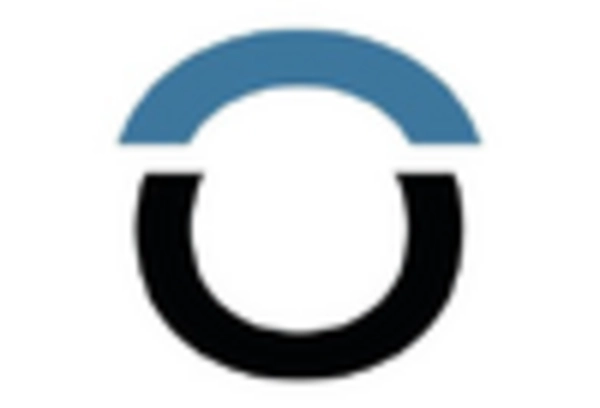
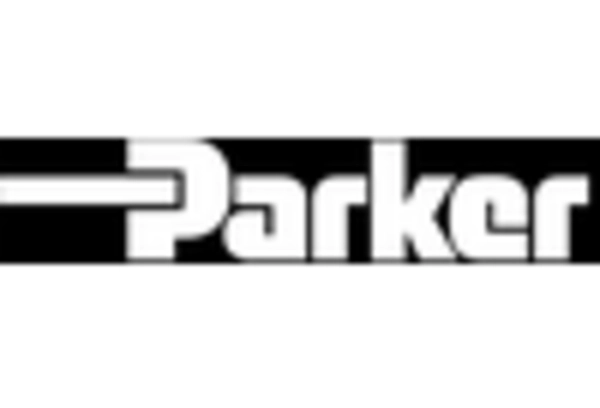
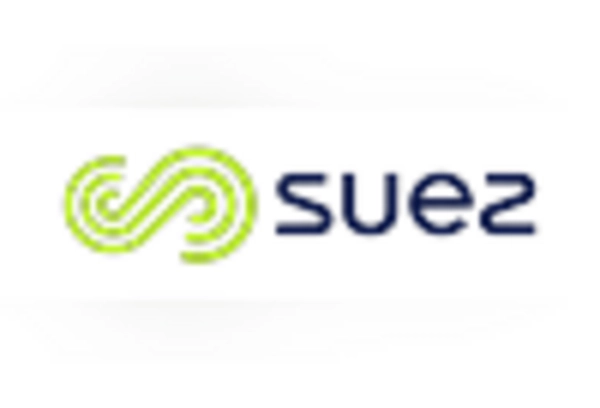
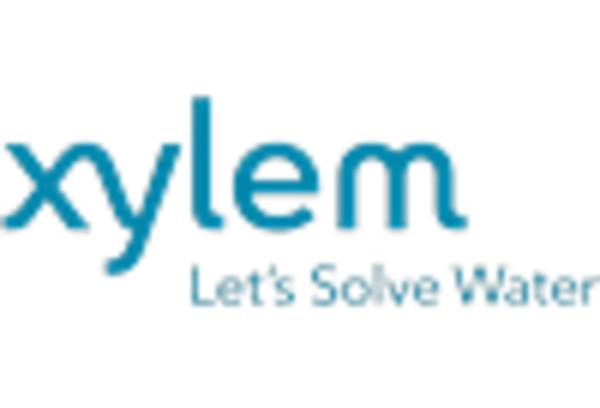








Leave a Comment